2 minute read
Formaldehyde
from Chemicals Guidance
Required limit value:
CAS RN:
Properties:
Use:
Comments: 20 mg/kg for textiles and leather goods for children under the age of two.
75 mg/kg for all clothing and related accessories, as well as textiles and leather goods that under normal or reasonably foreseeable conditions of use, come into direct contact with the human skin to an extent similar to clothing.
300 mg/kg for all other textiles and leather goods.
50-00-0
Formaldehyde is a volatile colourless gas that is CMR classified according to Regulation (EC) No 1272/2008 (CLP). Occurs naturally in small quantities in the atmosphere and in nature. Formaldehyde is a human carcinogen that also can cause skin irritation and allergy.
Shrinkage-resistant treatment. Wrinkle-resistant treatment. Dirt-repellent treatment. Dye fixing agent. Preservative.
Organic cross linkers are used in synthetic tanning of leather (“synthans”) and may release formaldehyde.
Use products without formaldehyde or with very low concentrations of formaldehyde.
Due to its volatility, formaldehyde is “contagious”. If a garment containing formaldehyde is placed on top of a garment without formaldehyde, the latter garment will be “infected”.
Fabric samples for testing must be packed in air dense plastic bags (polyethylene, PE, or polypropylene, PP).
Legal background:
Test method: From 1 November 2020, formaldehyde will have a restriction limit of 75 mg/kg in clothing, related accessories, textiles other than clothing in skin contact, or footwear4 (CMR fast track) according to Annex XVII of Regulation (EC) No 1907/2006 (REACH), entry 72. The CMR fast track restriction does not apply to clothing, related accessories, textiles other than clothing, or footwear within the scope of Regulation (EU) 2016/425 (PPE). Several national legislations, see Appendix 7. The EU countries’ national legislations for textile in skin contact will be redrawn when the CMR fast track enters into force. For other products, they will continue to be valid.
German law (Bedarfsgegenständeverordnung and ChemikalienVerbotsverordnung); Products with formaldehyde content shall be labelled. Wooden products shall not release formaldehyde. Cleaning and finishing agents shall not contain formaldehyde above 0.2%.
Japanese law 112 requires under detection limit for products for infants (less than 5 absorbance units).
Prop 65: Formaldehyde (gas) is known to the State of California to cause cancer. Safe Harbor Limit: NSRL 40 µg/day. No information on settlements.
For several national legislations worldwide, see Appendix 7.
EN ISO 141 84-1 (textiles) ISO 17226 (leather)
Test method specified in Japan law 112 LOQ: 16 mg/kg
4 During a transition period of 3 years, jackets, coats or upholstery will have a restriction limit of 300 mg/kg for formaldehyde.



